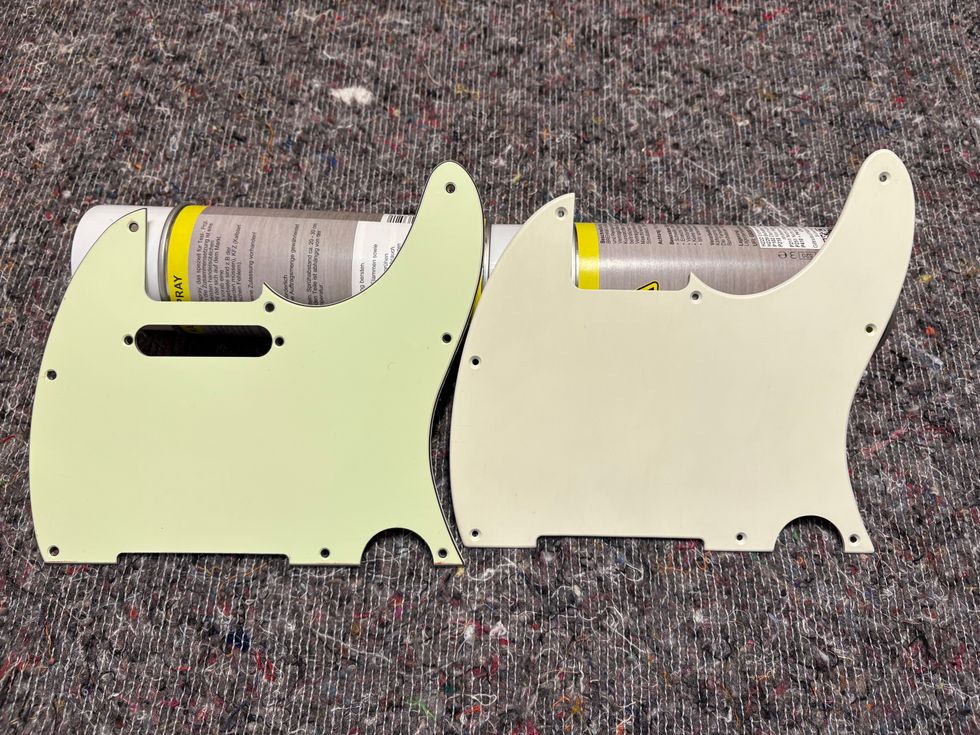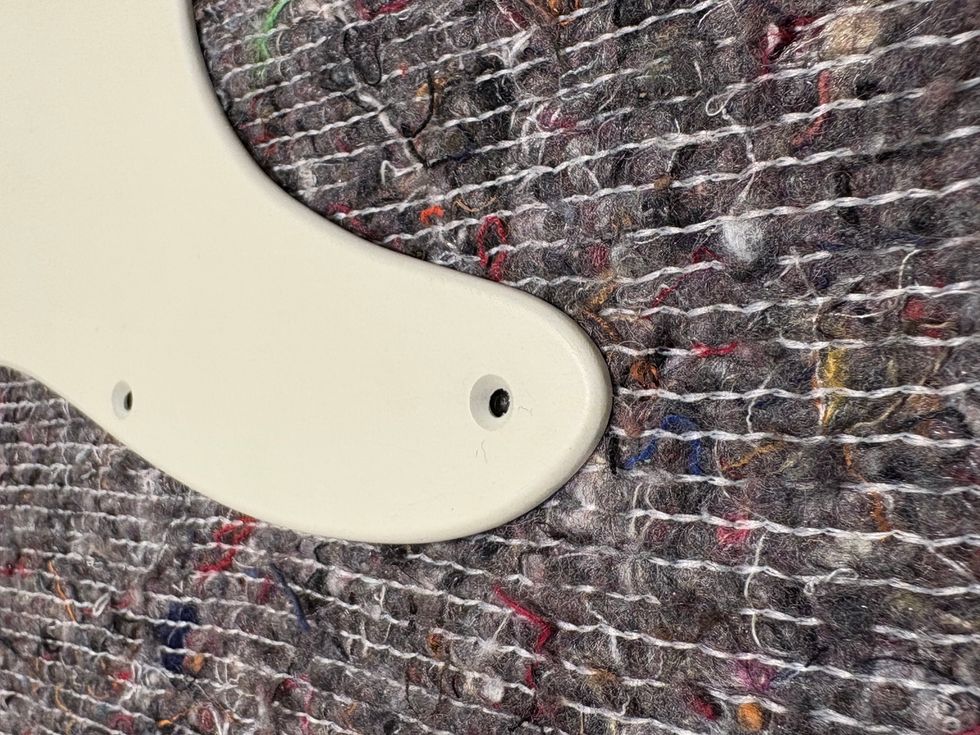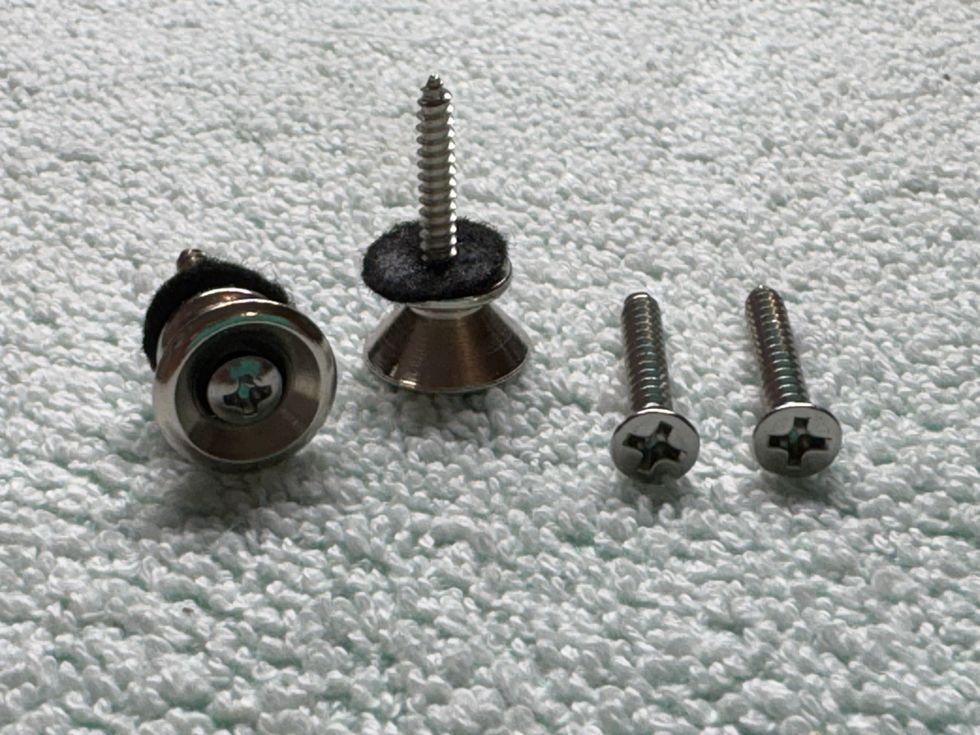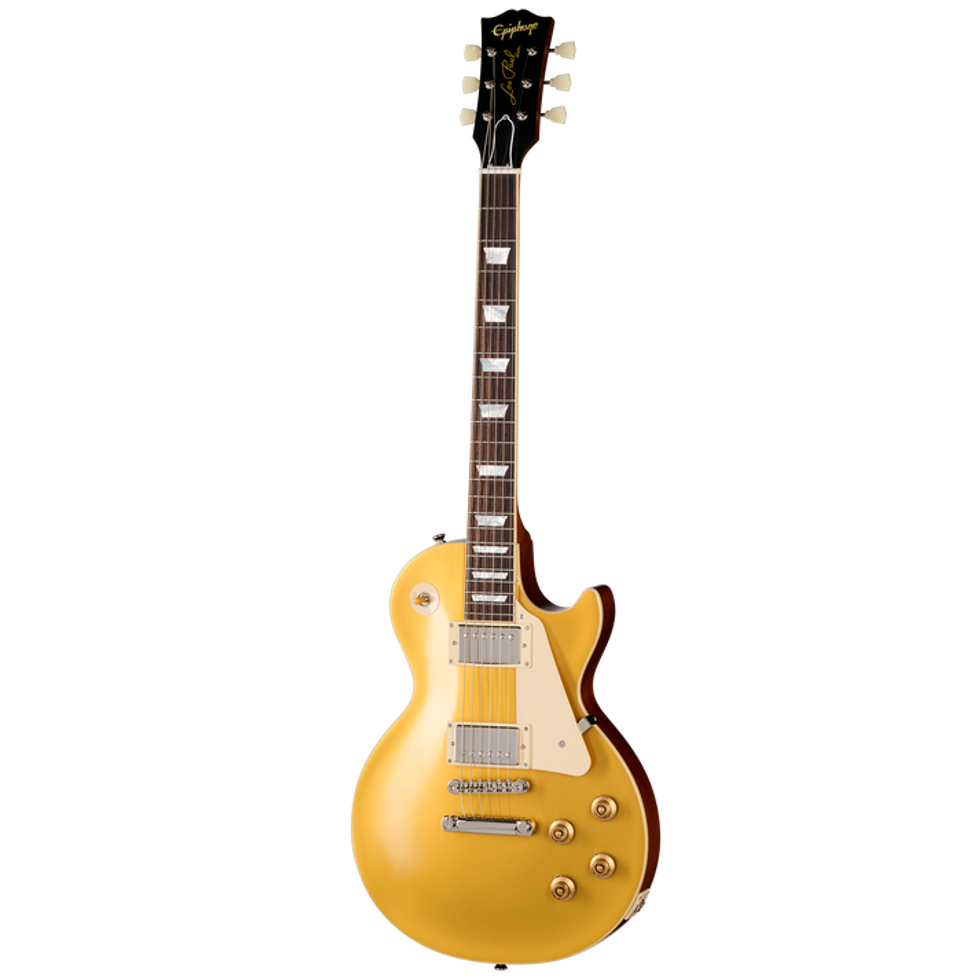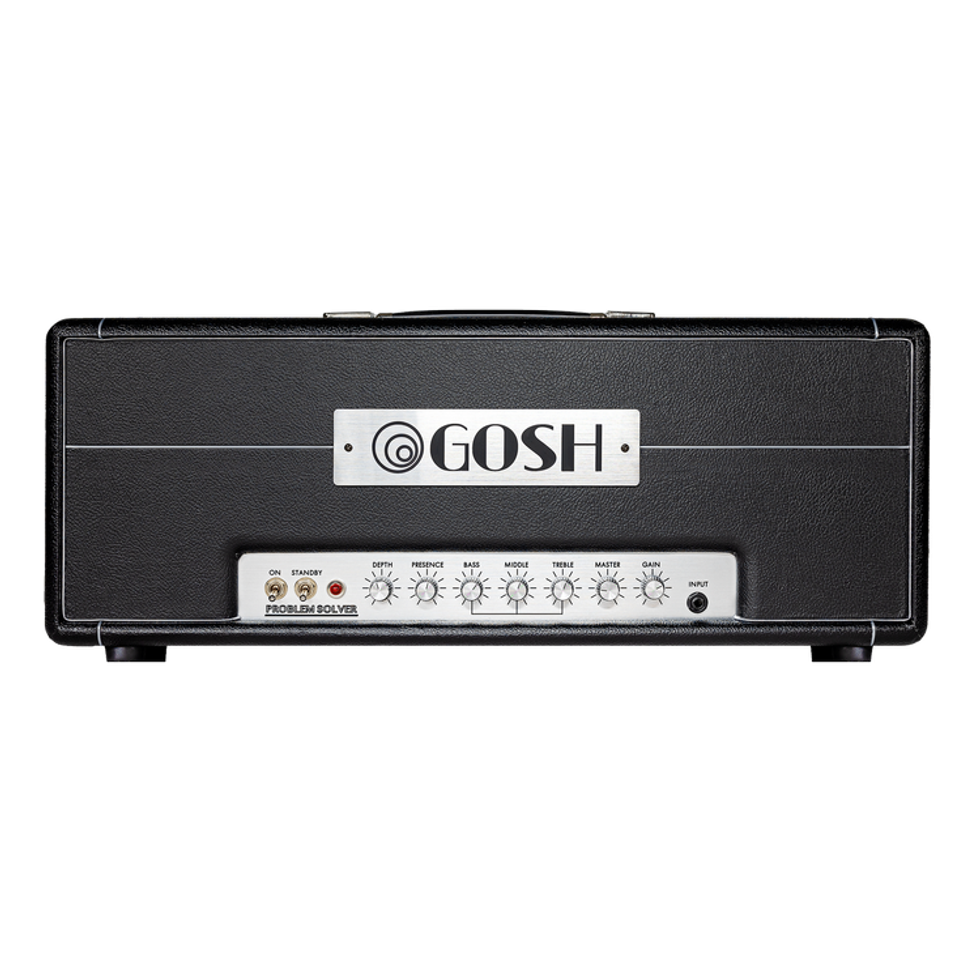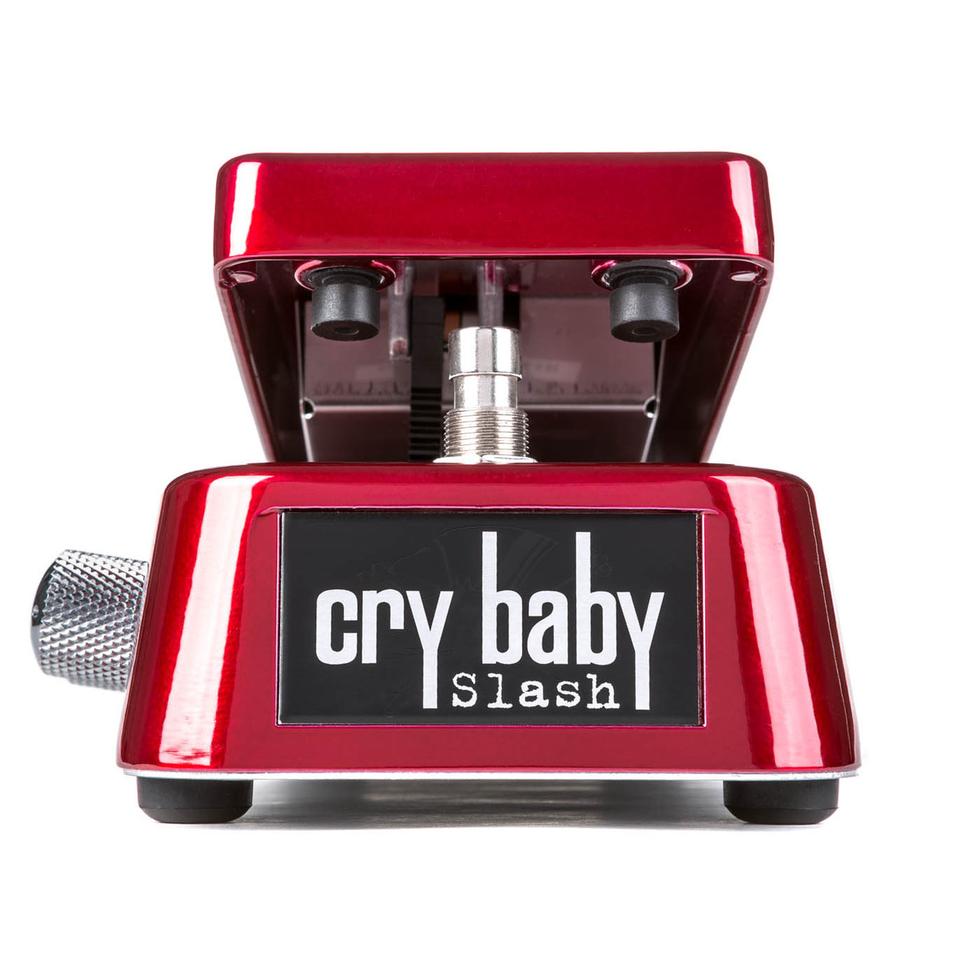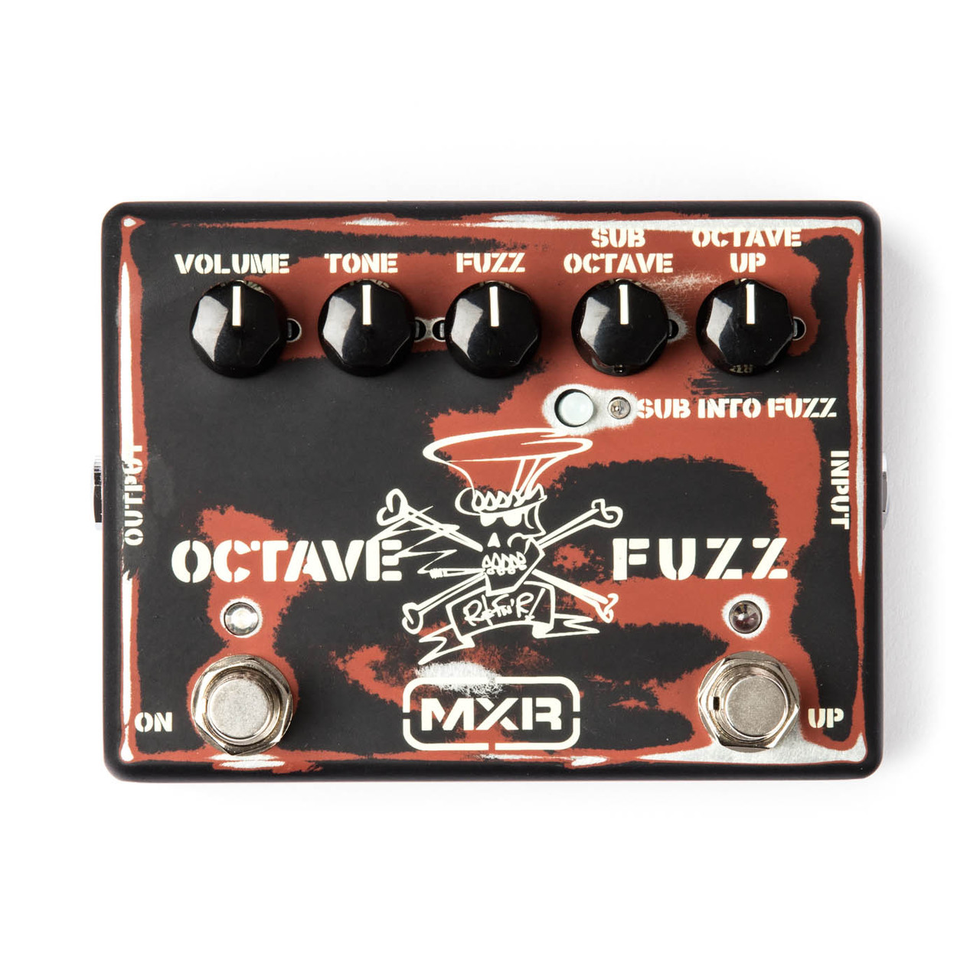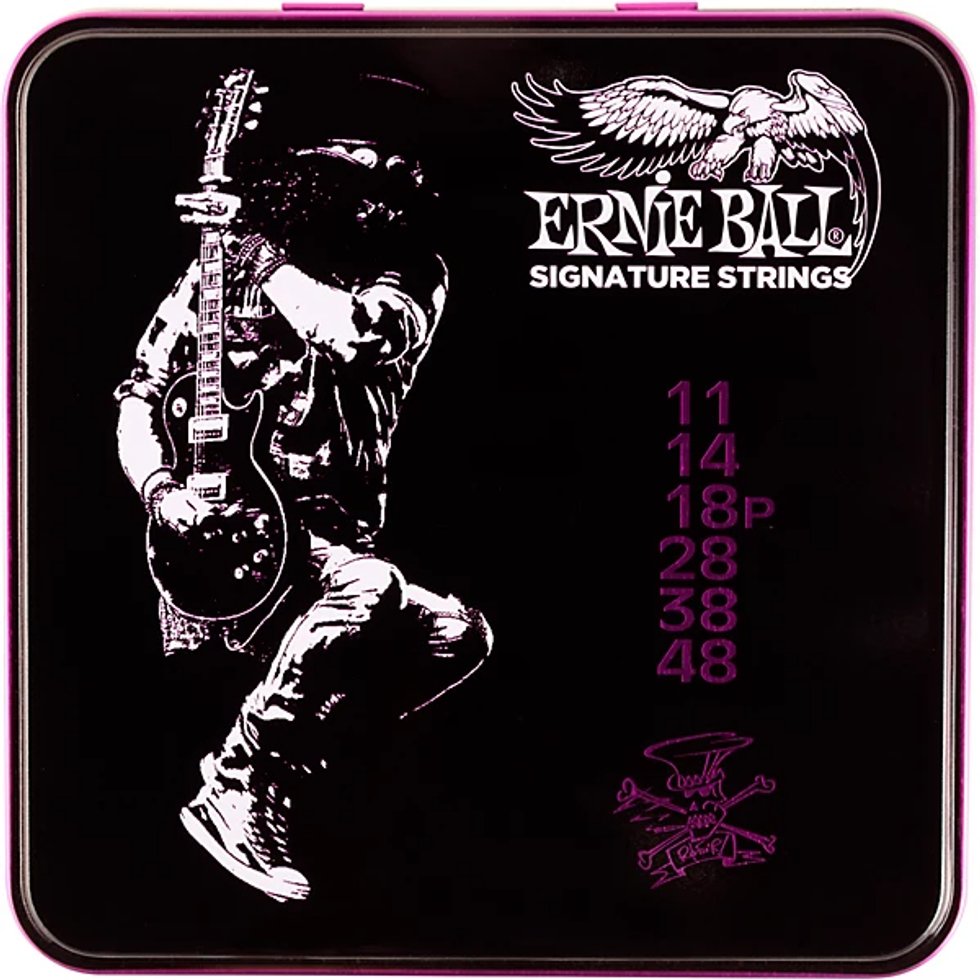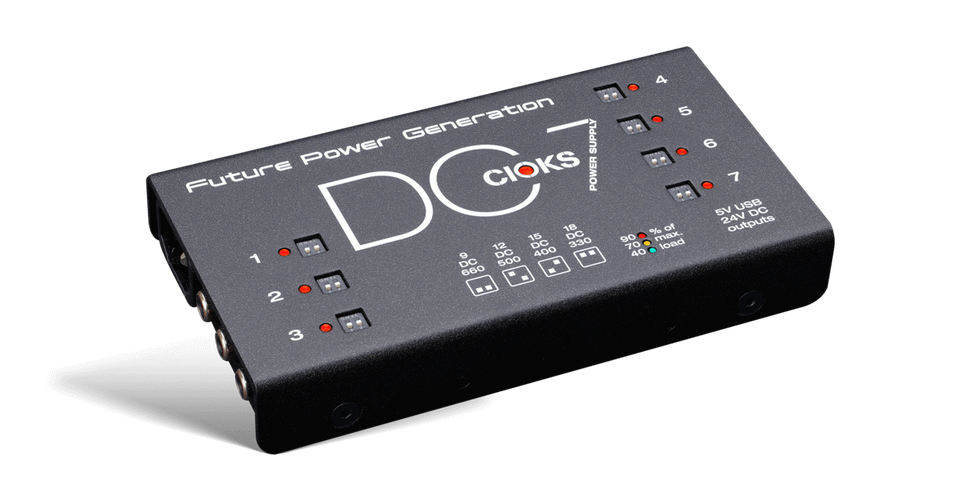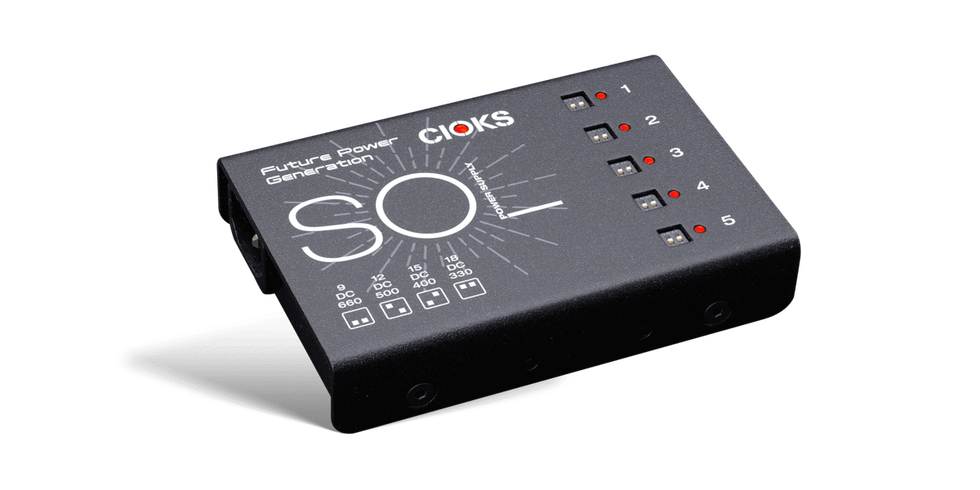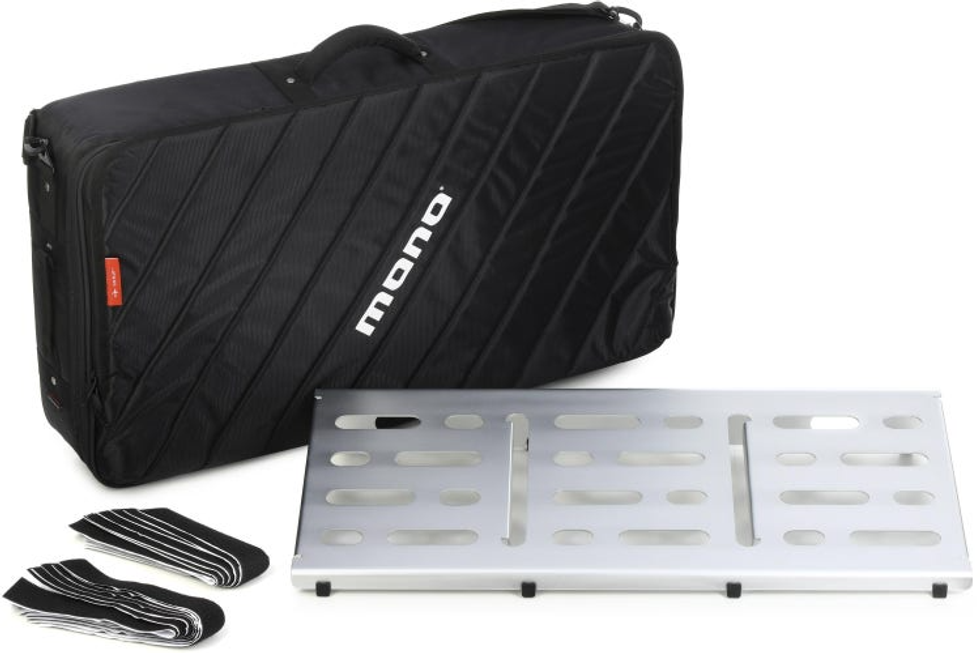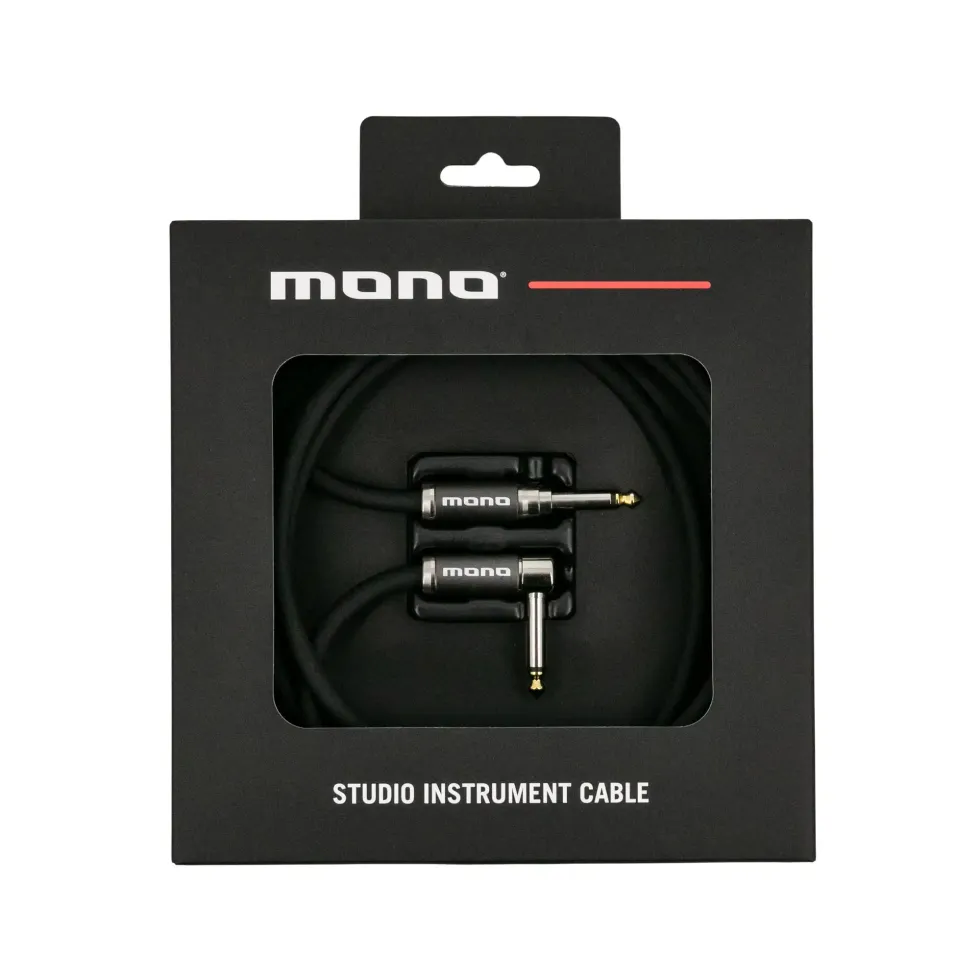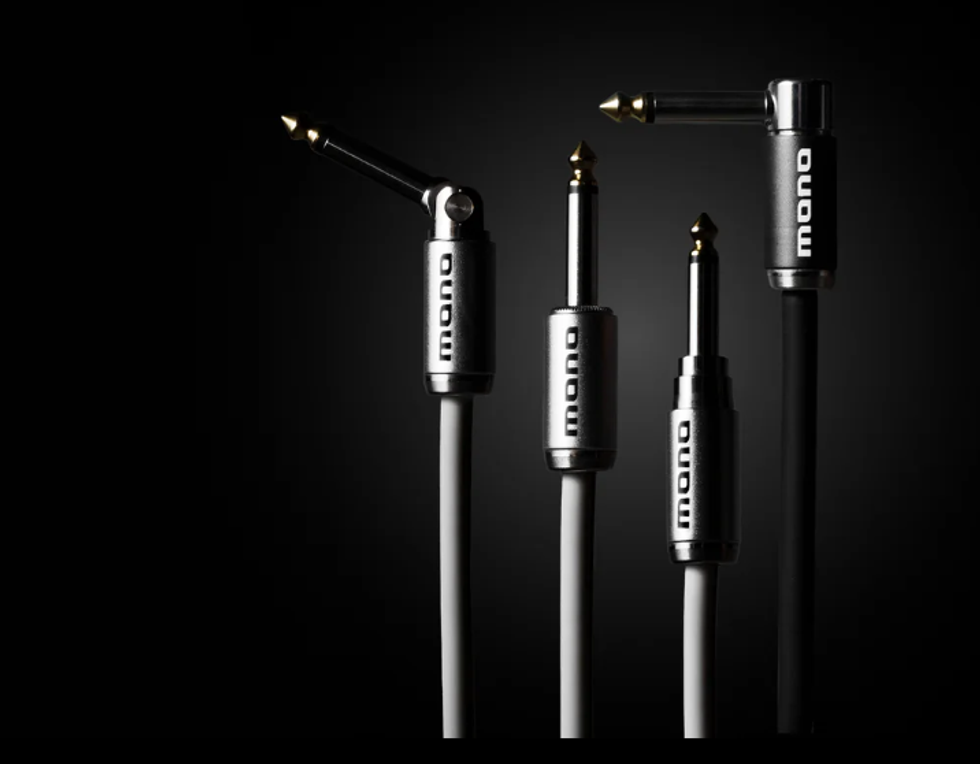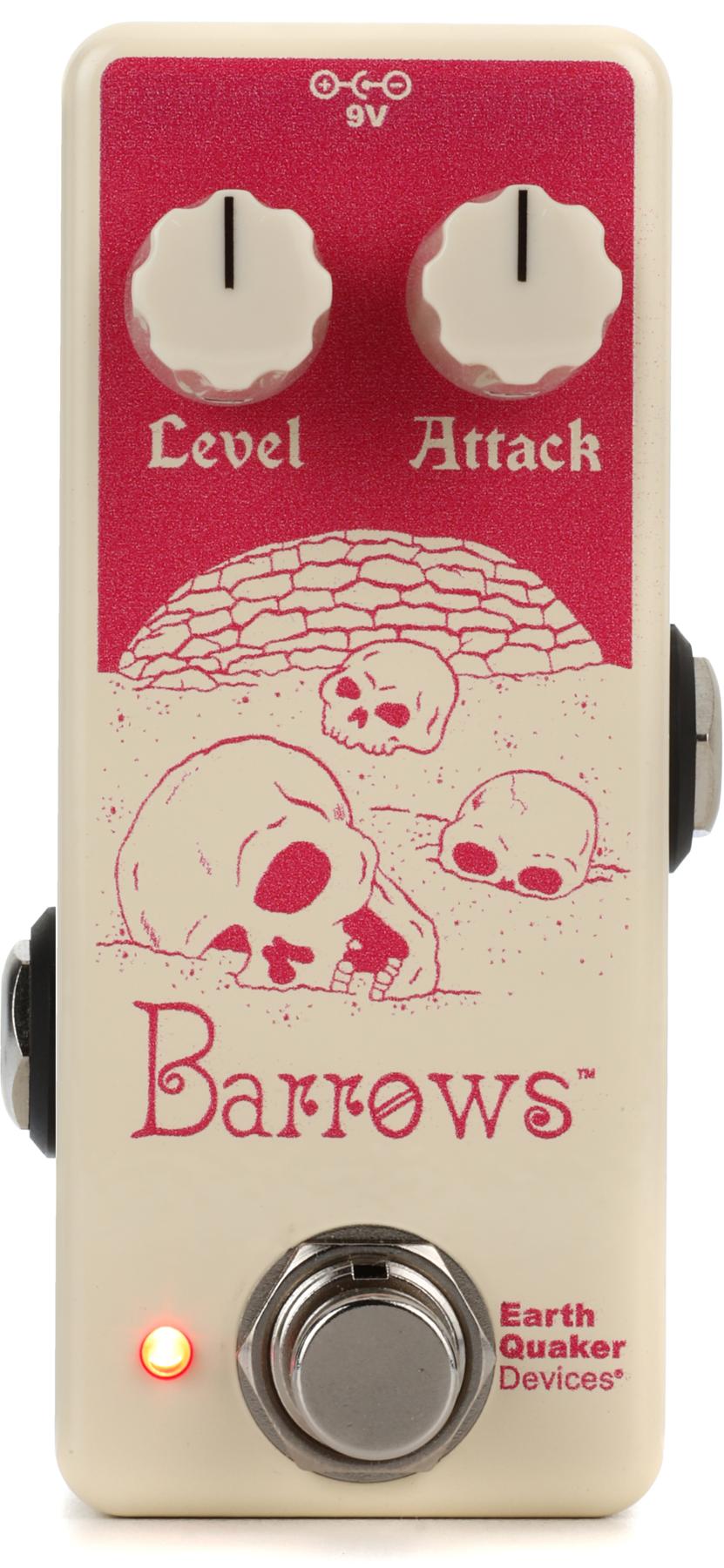I have been looking for a pedal to gig with and have a high opinion of Clark amplifiers so when I heard there was a pedal with the Clark name on it designed for use with their amps I decided to give it a try.
The “Gainster” is a three-knob pedal with a pushbutton footswitch designed to give the user control over gain, level, and tone. The pedal has been around in various forms since the ''90s; it is considered ideal for soloing in a live gig situation.
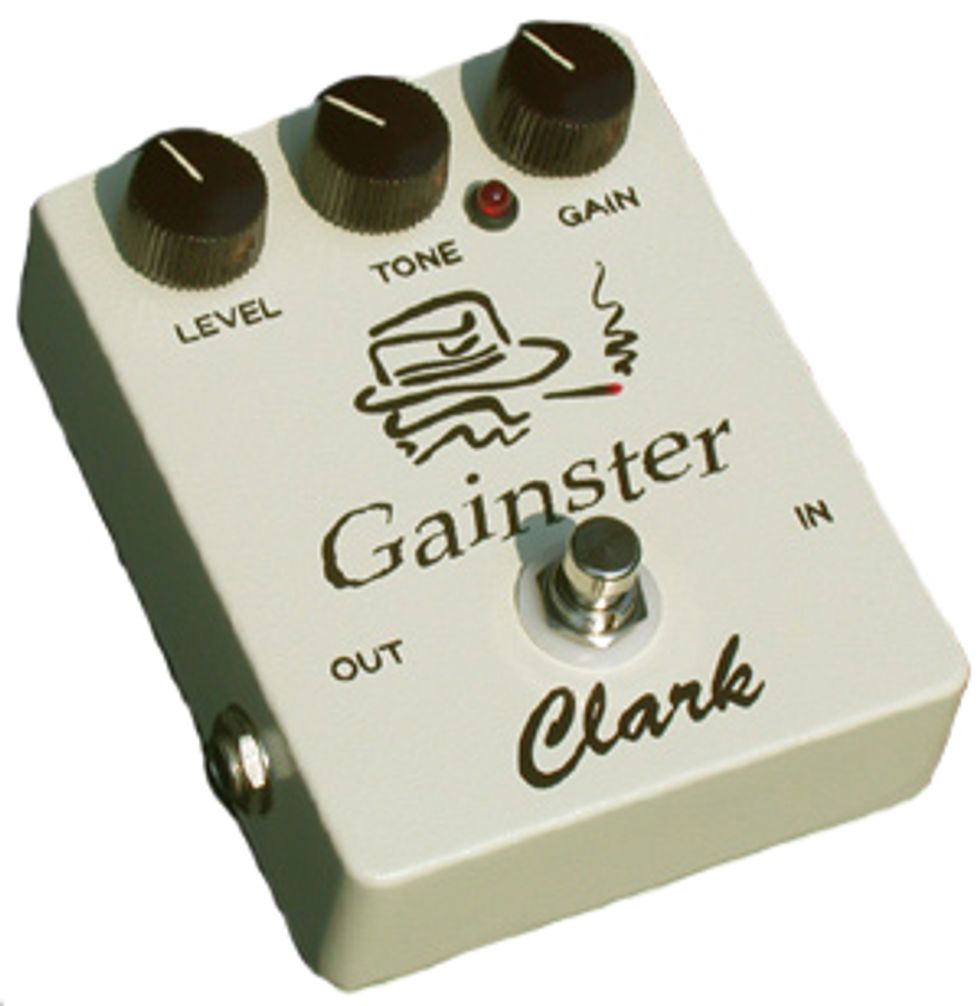
The version I played is manufactured for Clark by Barber Electronics, whose own brand is held in high regard by pedal freaks. It is painted white and fits a smaller pedal profile. Clark Amplification also sells the original Gainster via the Clark website. The original Gainster is a bigger pedal with hand-painted details and a gold cover. It has full-size components on a full-size circuit board (which is easier for modding), is wired with 22 gauge copper and is made by hand -- exactly what some people want. To many players, both function and sound like the exact same pedal except the white version has an internal pot designed to give you more control of the bass input. It''s the kind of thing that is meant to be adjusted rarely, which is why it can only be accessed with the cover off. More on that in a moment.
To know how to read this review it is probably important to know that I am not one of the above mentioned “pedal freaks.” I started playing in bands before amps had built-in reverbs and my first experience with altering the incoming waveform of the guitar was with a “BossTone” fuzz that plugged directly into the guitar. At that point I was playing a ’57 Strat into a ’61 Twin with an outboard reverb tank and I hated what that little box was doing to my tone; but psychedelia was all the rage and we needed to make that sound too.
I subsequently went through multiple pedals looking for one that might help preserve my tone and still give the singing sustain that was in vogue. Instead, I ended up sounding like a mosquito in heat, resulting from loss of pick attack and excessive intermodulation distortion inherent in the transistor circuits of the time. Tube pedals weren’t much better. What I needed then and now is “transparency” in a pedal.
I have tested the Gainster with multiple guitar/amp combinations including: a Tom Anderson Cobra Special-S, A ’94 Strat 40th Anniversary Model, an Epiphone “Elitist” Byrdland and Custom Alleykat with Gibson P-94 single coils, an SF Champ, an SF Princeton Reverb, a Clark Beaufort 2x10, an Allen Old Flame, and an early ''60s Ampeg Revervberocket. I played several gigs with different combinations of guitars/amps and in a nutshell the Gainster performed as expected, allowing the tone of the amp and guitar to survive while providing a louder, slightly more gainy solo tone. I’m not saying it was totally transparent, but close enough so that the transition between sounds was seamless if I planned just the right spot in the song to hit the magic button.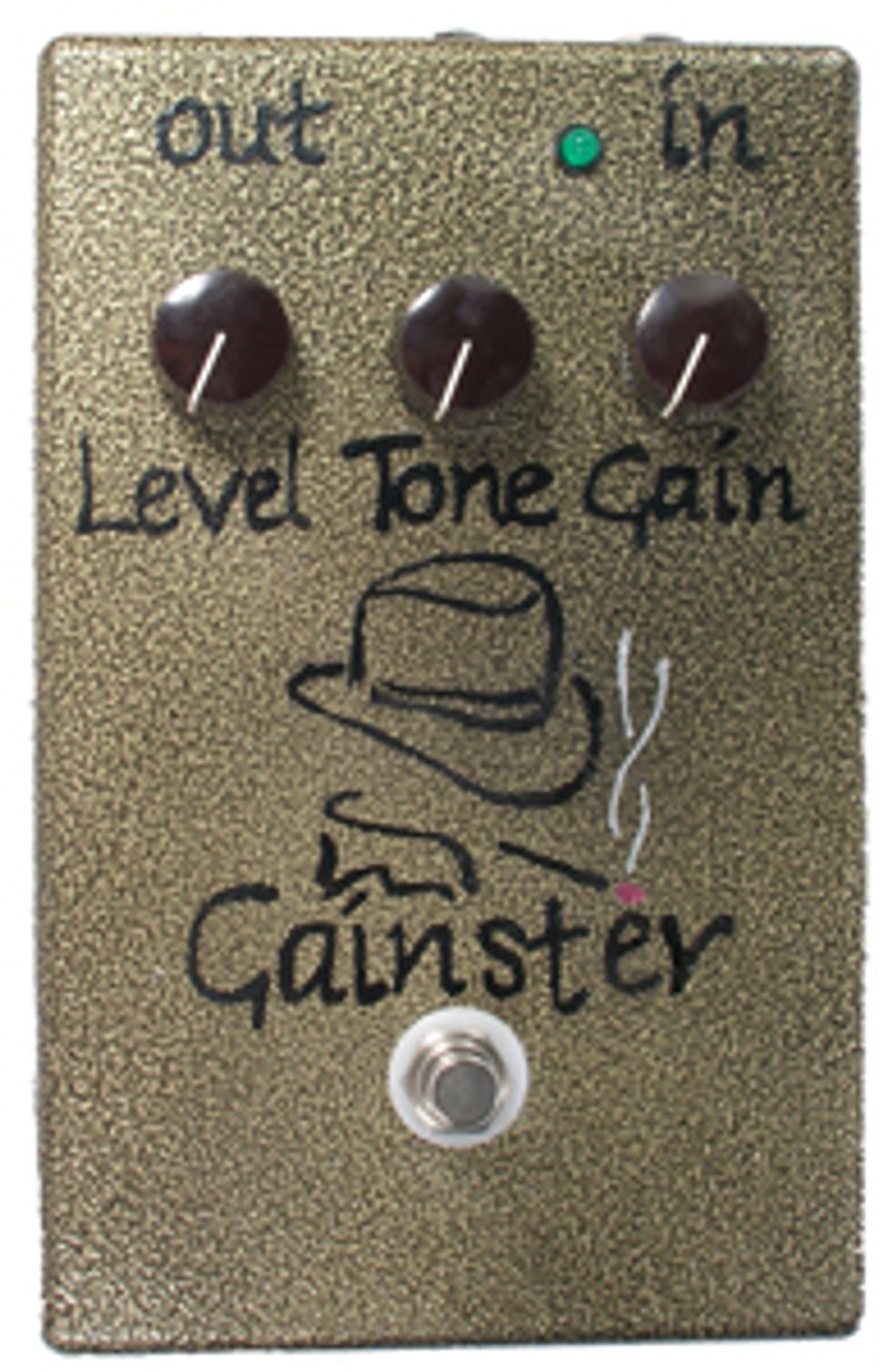
The unit’s adjustment range is very useable and I found myself pretty much in the middle of the range on all combinations tested. It will put out some very nice high gain tone if that is your bag and still preserve most of the pick attack and string dynamics. To my ears, pick attack is a major component of electric guitar tone, thus I was very pleased to find that at my settings (level 1 o’clock, tone 1-2 o’clock, gain 10 o’clock) the attack of my Dunlop Jazz III came through like gangbusters. Distortion produced by increasing the gain adjustment seems free of IM distortion but has a bit of an edge like a 6L6 in clipping mode rather than a EL 34 which has a much harder sound in clip.
If you are playing a rig that comes through a bit thick or thin with the Gainster, there is an internal pot for adding/subtracting bass which works quite nicely but requires removing the bottom of the unit (four screws).
Construction is robust with a cast housing of pot metal, three cake knobs, and a heavy duty looking push button switch. A red pilot light lets you know when you are breaking the law. Personally, I think they should''ve put the pilot light on the end of the “gangster cigar” of the silk-screened logo.
Internally, all is neat and tidy and looks to be of reasonable quality. A 9 volt battery provides power or alternatively, a center-negative power supply.
My only beef, besides my preference that the internal pot should be more accessible, is that the footswitch requires some heavy pressure to activate. That will probably change over time and numerous stomps with my Doc Martens.
Summing up, the Clark Gainster pedal is designed for use with a good guitar connected to a good amp with a quality cord; boosting volume and adding a certain amount of “grit” to the sound while at the same time preserving overall tone, dynamics, and attack. It does this very well.
| Rating... | ||
| Tone... | ||
| Craftsmanship... | ||
| Features... | ||
| Value... | ||
| Overall... | ||
Our expert has stated his case, now we want to hear yours. Share your comments below.
Clark Gainster
White (Barber version) - List Price: $139.95
Gold (original version) - List Price: $235
www.clarkamplification.com
www.barberelectronics.com





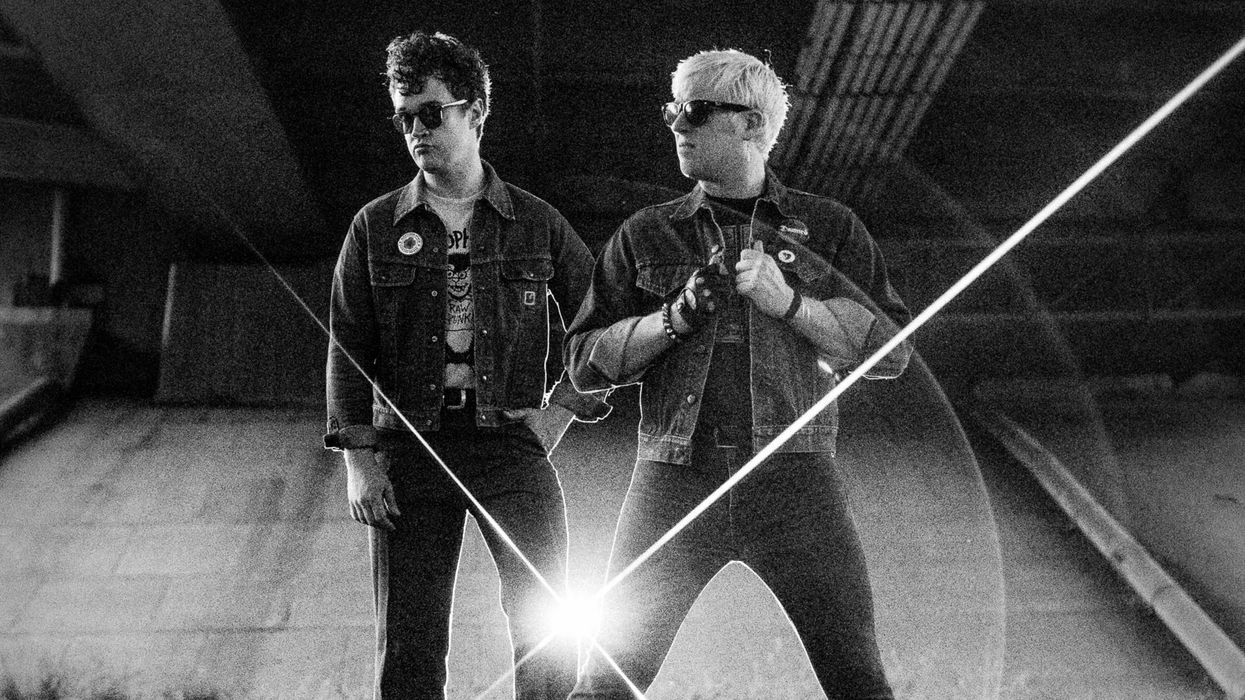


![Rig Rundown: Russian Circles’ Mike Sullivan [2025]](https://www.premierguitar.com/media-library/youtube.jpg?id=62303631&width=1245&height=700&quality=70&coordinates=0%2C0%2C0%2C0)





